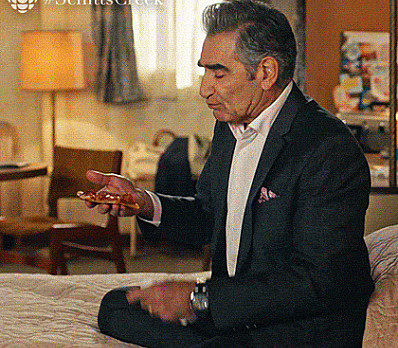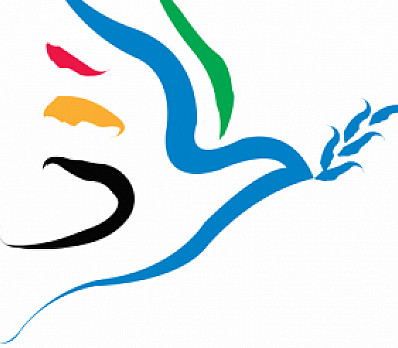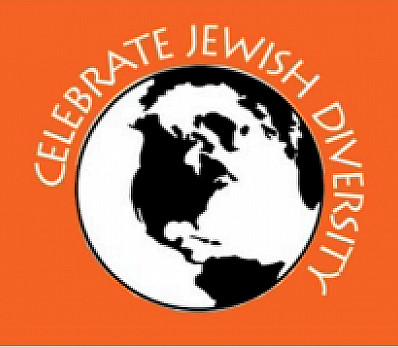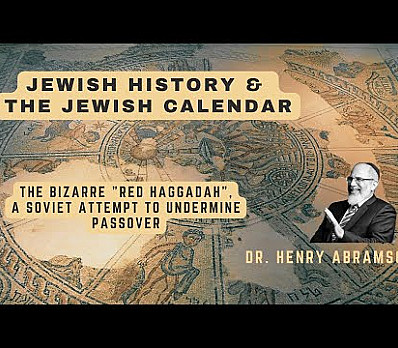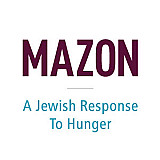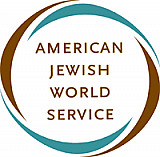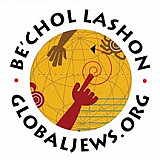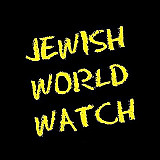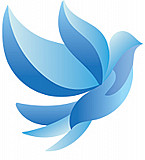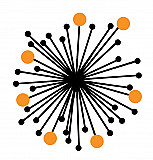The Olive on the Seder plate
Zayit: al shum mah?- This olive: why do we eat it?
The olive tree is one of the first plants mentioned in the Torah and remains among the oldest species in Israel/Palestine. It has become a universal symbol of peace and hope, as it is written in Psalm 52, "/ am like a thriving olive tree in God's house, I trust in God's loyal kindness forever and ever:'
We add these olives to our Seder plate as a reminder that we must all be God's bearers of peace and hope in the world. At the same time, we eat this olive in sorrow and anger, mindful that olive trees, the source of livelihood for Palestinian farmers, are regularly chopped down, burned and uprooted by Israeli settlers and the Israeli authorities, often to make way for future Israeli settlements.
As we look on, Israel pursues systematic policies that increasingly deny Palestinians access to olive orchards that have belonged to them for generations. Tonight, we ask one another: How will we, as Jews, bear witness to the unjust actions committed in our name? Will these olives inspire us to be actors for peace and hope with Palestinians- and with all who are oppressed?
Inspired to create
your own Haggadah?
Make your own Haggadah and share with other Seder lovers around the world
Have an idea
for a clip?
People like you bring their creativity to Haggadot.com when they share their ideas in a clip
Support Us
with your donation
Help us build moments of meaning and connection through
home-based Jewish rituals.
OUR TOP CONTRIBUTORS
Passover Guide
Hosting your first Passover Seder? Not sure what food to serve? Curious to
know more about the holiday? Explore our Passover 101 Guide for answers
to all of your questions.
